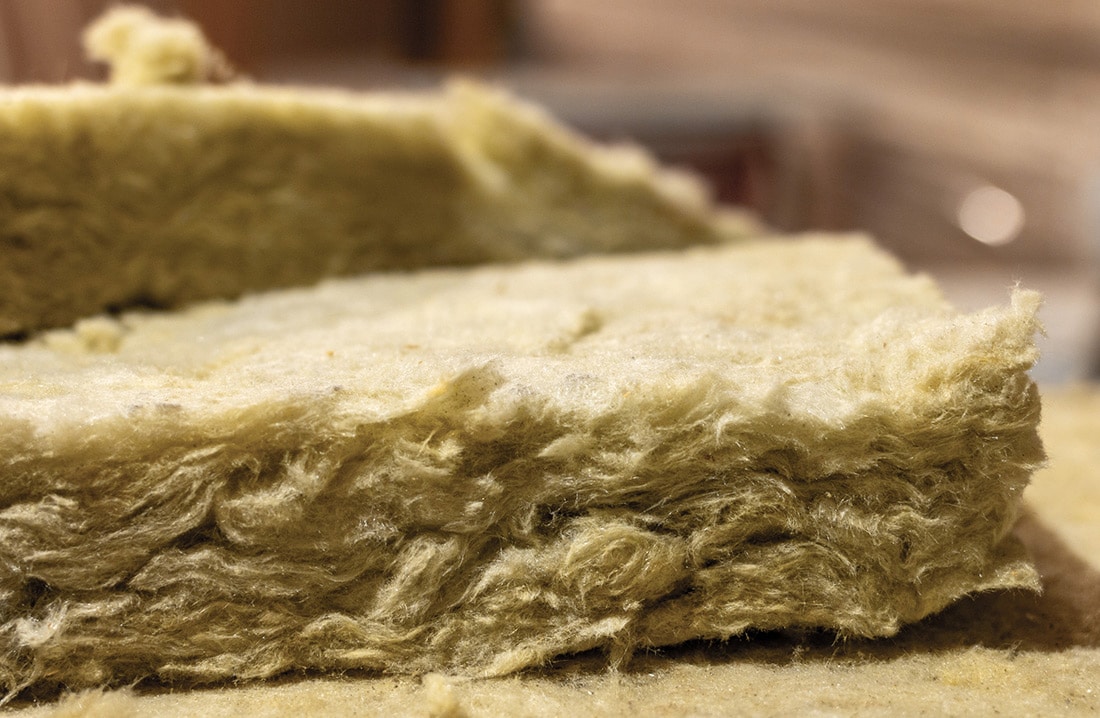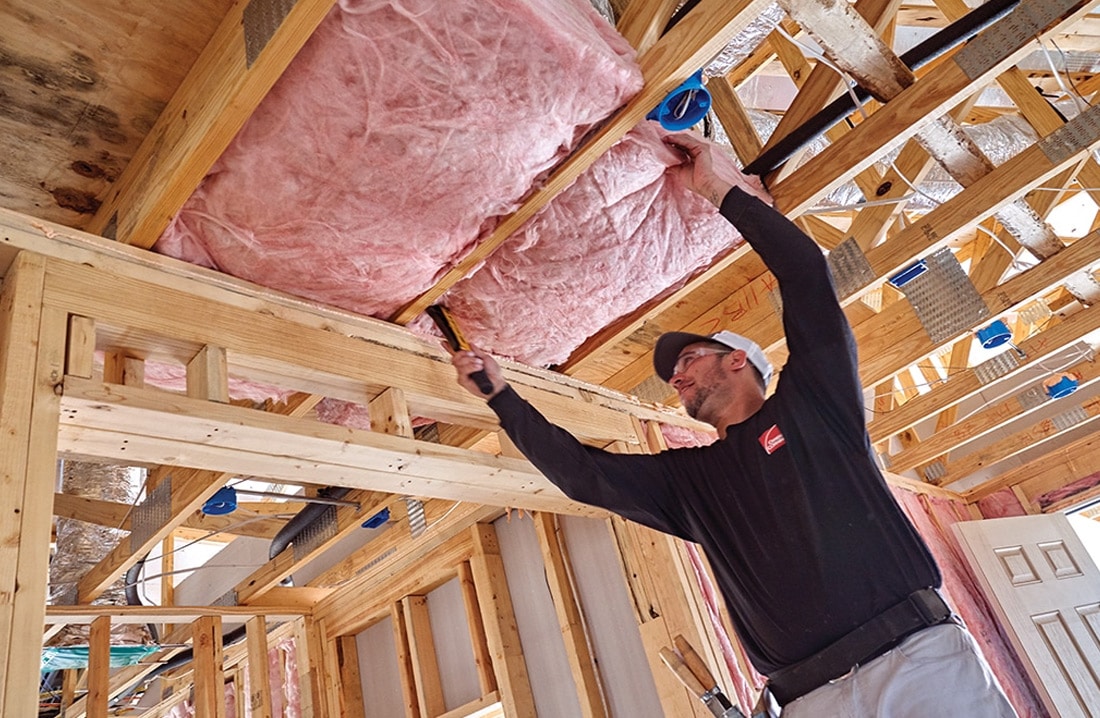The amount of insulation required is specific to the project—there is no universal answer. An insulation company like MIG Building Systems can help you determine how much insulation you need, but generally speaking, there are a few different factors that affect how much you’ll need to insulate, including:
- The climate zone you live in (you can refer to the zone map—Upstate New York is in zones 5 and 6)
- The age of your home
- The type of HVAC system you have
- The framing of your home
- Where you need to insulate (attic, basement, etc.)
Climate zone: Where you live is one of the biggest factors that determine how much insulation you need for your project. Generally, colder regions like the Northeast need more insulation. Here in Upstate New York, we are in zones 5 and 6, according to the NAIMA’s (North American Insulation Manufacturers Association’s) map based on recommendations from the U.S. Department of Energy and the IECC (International Energy Conservation Code published by the International Code Council). Here’s some information based on zones 5 and 6:
Zone 5
| Heating System | Attic | Wall Cavity | Flooring |
|---|---|---|---|
| Gas, oil, heat pump | R38 to R60 | R13 to R15 (R2.5 to R6 for sheathing) | R25 to R30 |
| Electric furnace | R38 to R60 | R13 to R21 (R5 to R6 for sheathing) | R25 to R30 |
Source: naima.org
Adding Insulation to the Attic
| Uninsulated Attic | Existing 3-4 inches of Insulation |
|---|---|
| R49 to R60 | R38 to R49 |
Source: naima.org
Zone 6
| Heating System | Attic | Wall Cavity | Flooring |
|---|---|---|---|
| All | R49 to R60 | R13 to R21 (R5 to R6 for sheathing) | R25 to R30 |
Source: naima.org
Adding Insulation to the Attic
| Uninsulated Attic | Existing 3-4 inches of Insulation |
|---|---|
| R49 to R60 | R38 to R49 |
Source: naima.org
An insulation company will be able to help you understand this information and let you know how much insulation you need.
Age of your home: In general, older homes need more insulation. Homes built in the 1970s or earlier aren’t as energy-efficient and often don’t have enough insulation. Re-insulating can not only save you a ton of money each year, it can make your home more comfortable year round.
HVAC system: The amount of insulation you need is partially dependent on the type of HVAC system you have (as you can see from the tables above). It’s best to talk to an insulation contractor about your specific requirements.
Framing of your home: More heat flows through metal joists and studs than wood ones, so insulating between wall studs or between attic or floor joists is essential in houses with metal frames.
Where you need to insulate: Where you’re insulating will dictate which type of insulation you’ll use and the amount needed. Radiant barrier attic insulation, for example, has different R-value and thickness requirements than a fiberglass blanket system.
Also keep in mind that air sealing is just as important as insulation. In fact, air leaks undermine the performance of your insulation, so a house that is properly sealed and insulated is the most energy-efficient!
If you’re ready to re-insulate your home and need an experienced insulation company in the Upstate New York area, contact MIG today!


